Wood is the structural material of homes, buildings, and furniture. It’s used to make different tools, decorative items, and weapons. But not every type of wood is the same. There is wood that is best for construction because of their amazing physical characteristics while some are best for making tools and household items. The density of wood along with other properties like texture, hardness, strength, moisture content, and stiffness are ways to classify wood. Also, wood is also rated according to their potential for flammability, splitting, deformation, and shrinking.
Hardwood and softwood types – not related to wood density
You may have thought that hardwoods are denser than softwoods but actually, there’s no significance. The terms hardwood and softwood refer to how the trees are reproduced. Hardwoods are wood coming from deciduous trees. These are trees that produce thick seeds such as maple, oak, and walnuts. Softwoods are woods that come from gymnosperm species of trees. These trees have needles that produce cones such as pine and spruce trees.
How wood density is measured
If there’s no significance between wood density and the terms hardwood and softwoods, how is the density of weed measured? Density is measured by the amount of material, in this case, wood material in one unit of wood. Experts reach this measurement by considering the ratio of an oven-dried or an air-dried wood which is the lightest mass of wood and divide this by the wood’s green volume. The green volume is when the wood has been newly cut and thus, has a lot of water volume.
Wood density varies according to the species of trees and how the tree grew. A tree has many parts and each part has different densities. Consider that the stems have a lower density compared to branches; branches have a lower density than the trunk.
Wood density vs specific gravity
You might hear people talking about wood density and wood-specific gravity as if they are similar things. Density and specific gravity are very different terms. When you say specific gravity, it is the measurement that relies on the density of water (with a baseline of 1.00) to determine the ratio of density in comparison to water.
Specific gravity is a simple measurement of the density of a wooden material compared to water. Wood with the same density as water, its specific gravity is 1.00. If the wood has lower than 1.00 specific gravity then expect this to float.
Wood density vs strength
The MOR of wood or the Modulus of Rupture is used to determine its strength. To identify the MOR, a block of weight is loaded on it, placed perpendicular to its grain. The wood is closely monitored until it breaks because of the weight. The unit for MOR is lbs./inch.
Strong wood has a higher MOR as it takes a lot of weight before it breaks or ruptures. The MOR is considered when determining the right type of wood for a specific project or use.
How dense woods work with fasteners
Fasteners are needed to install different things on wood. The most common fasteners are hex bolts, wood screws, lag bolts, and sheet metal screws. The density and specific gravity of wood will affect how this holds any kind of material fastener.
Denser wood has more wood fibers in a unit area and thus, it will have increased bite when used with a nail or any friction-based fastener. Denser wood may also split in case a larger fastener is used. Wood with lower density has only a few fibers that should be pushed by a large-sized fastener and thus, won’t hold nails well. Less dense woods will more likely snap if a large fastener is used.
The densest woods in the world
Here are some of the densest woods in the world and their uses.
1. Black Ironwood (Krugiodendron ferreum)
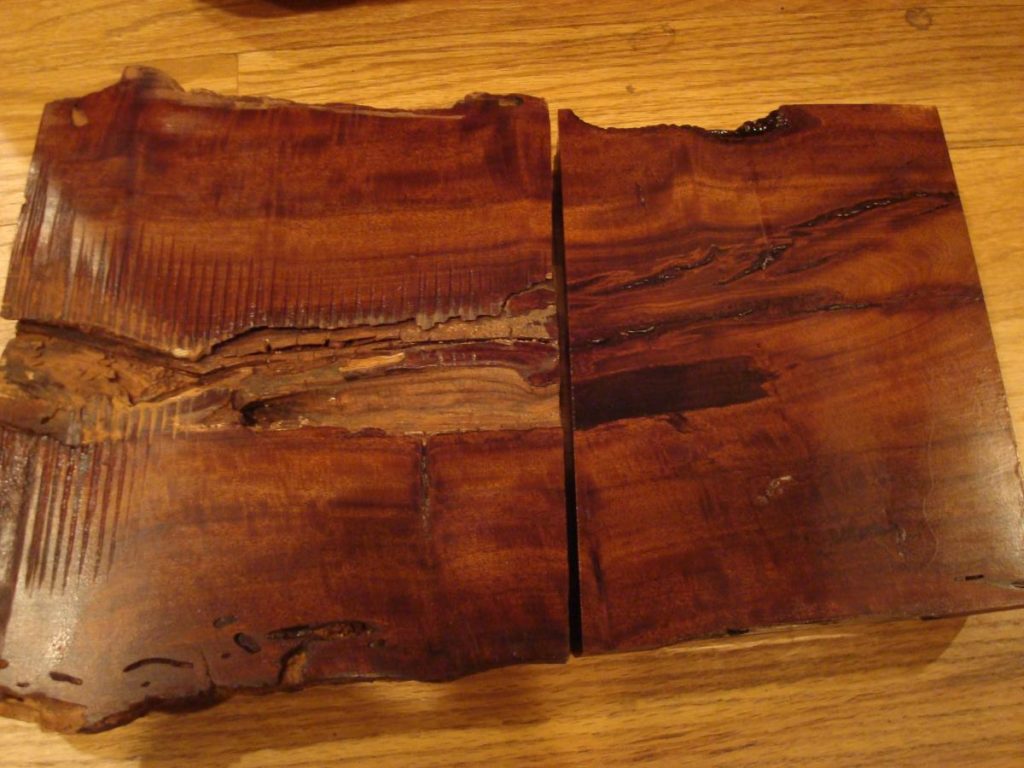
The Black Ironwood is the densest wood in the world with 84.5 pounds/cubic feet density. You won’t find this very rare wood in the market as it’s a small tree and thus, is not commercially available. Black Ironwood is used in small projects, decorative items, and small indoor wooden pieces.
2. Itin (Prosopis kuntzei)
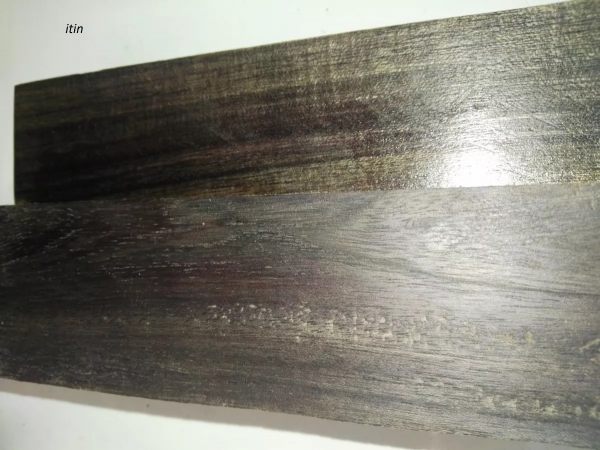
This is a very dense wood from South America. It’s small but very hard, already considered a super mesquite wood with 79.6 pounds/ cubic feet density. Itin is a very dense wood and has been used instead of ebony, another rare material.
3. African Blackwood (Dalbergia melanoxylon)
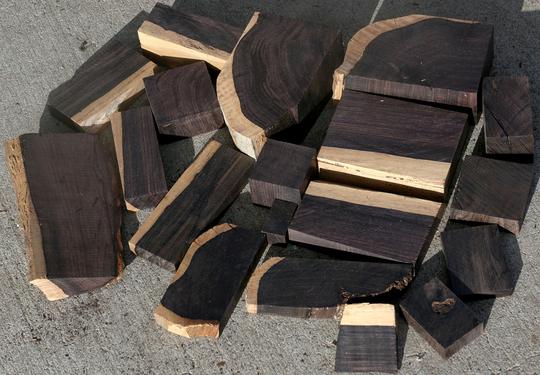
Called the “original ebony” African Blackwood is a legendary dense wood with 79.3 pounds/cubic feet density. It is very dense and strong and thus it’s used in brush backs, walking sticks, chess pieces, knife handles, turnery work, and carvings.
4. Lignum Vitae (Guaiacum officinale)
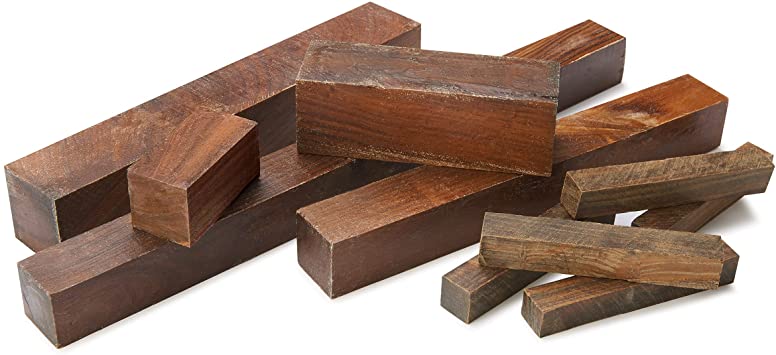
One of the heaviest woods with 78.5 pounds/cubic feet density. Lignum vitae is listed as one of the endangered wood species by CITES. It is used in tool handles, pulley wheels, turnery work, bearings, mallet heads, and many more.
5. Quebracho (Schinopsis spp)
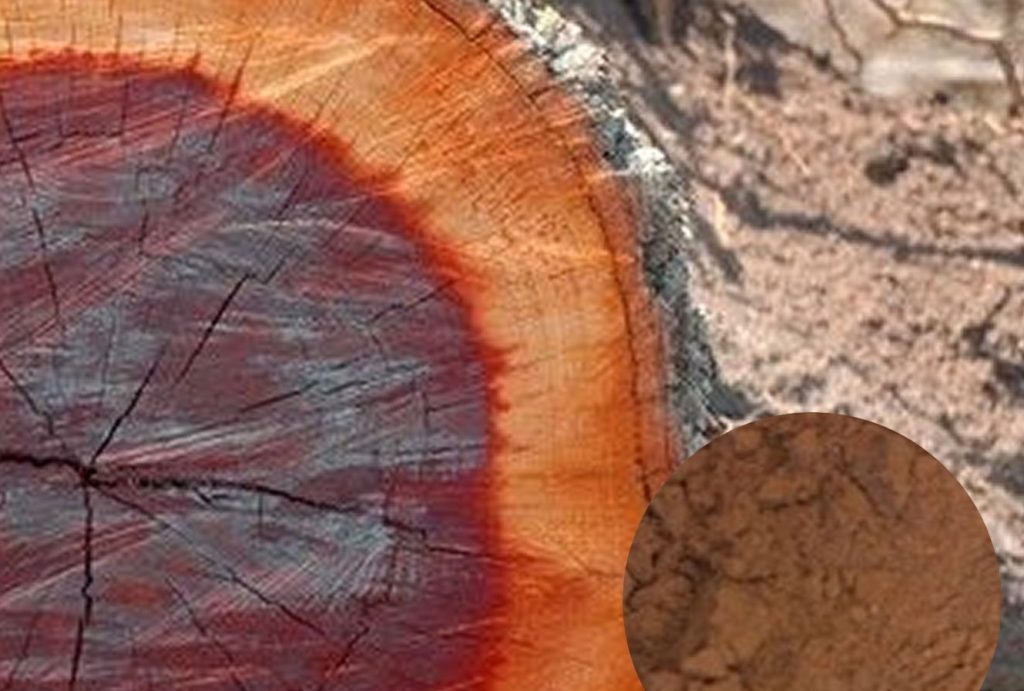
With 77.1 pounds/cubic feet density, the Quebracho is known as one of the strongest, densest, and hardest woods. The wood from the Quebracho is used in many applications and its tannins are for coloring or tanning leather, to make environmentally-friendly paints, natural glues, and thermal insulators.
6. Leadwood (Combretum imberbe)
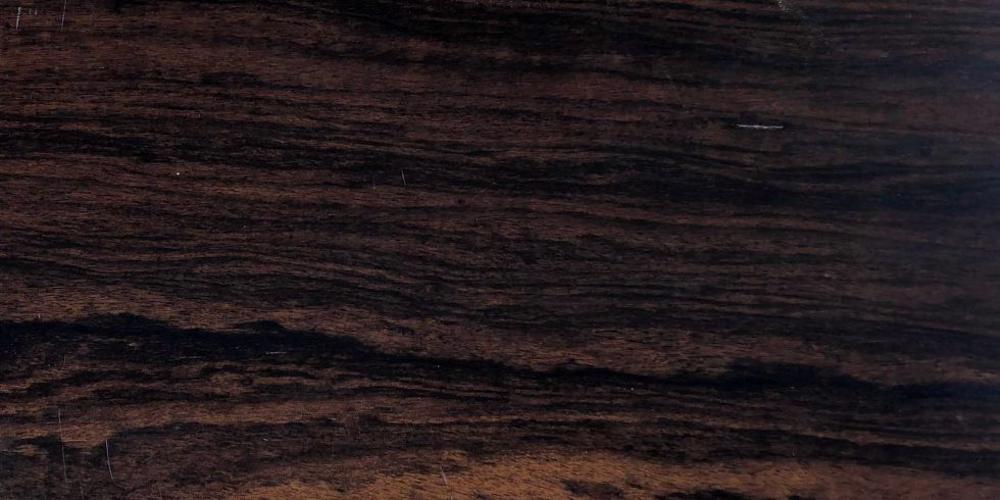
Leadwood is from Africa and is one of the densest with 75.8 pounds/cubic feet in density. It is not for sale and is protected by local authorities as well.
7. Snakewood (Brosimum guianense)
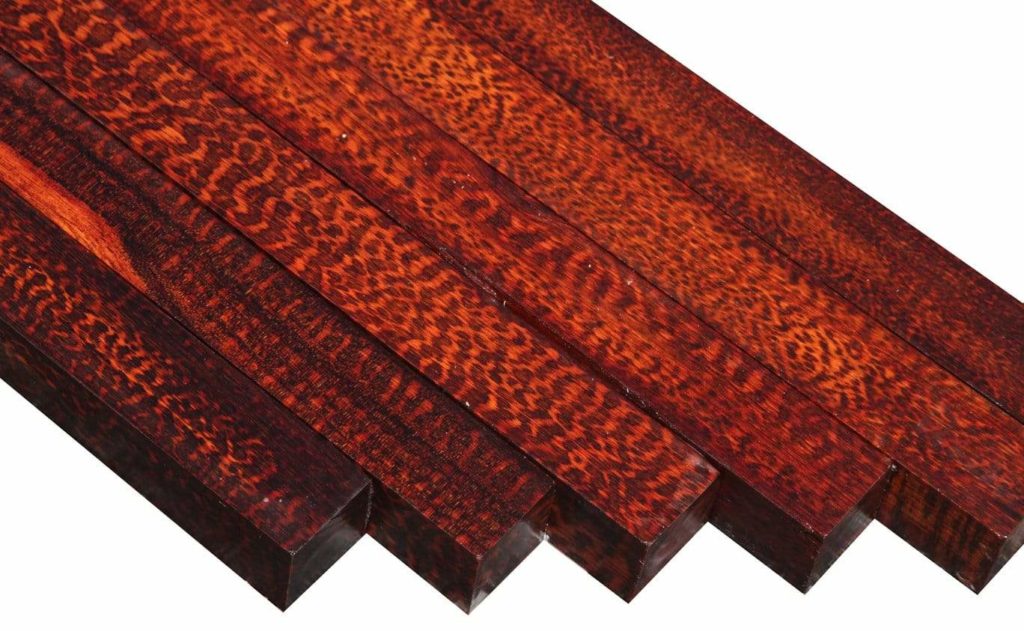
Snakewood is a rare wood thanks to its very unusual patterns. It is very dense at 75.7 pounds/cubic feet and currently, it’s unavailable anywhere. There is high demand for snakewood and thus it’s also one of the most expensive wood.
8. Desert Ironwood (Olneya tesota)
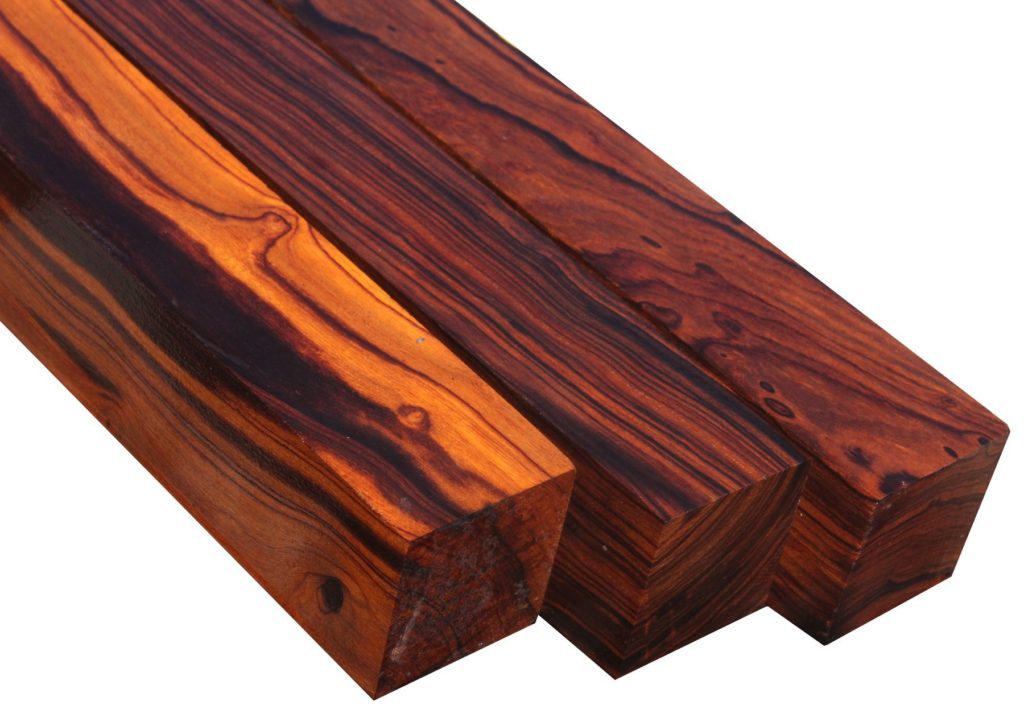
The Desert Ironwood is a small tree that’s very dense at 75.4 pounds/cubic feet. It has a colorful grain with unique patterns making it a favorite among hobbyists and collectors. Desert Ironwood is very expensive and is sought for special projects.
The density of the wood depends on many factors but one thing’s for sure. Dense wood species are hard to find and are very rare.
What do you think about this article? Tell us in the comments section below. Share this article with anyone who wants to find out more about the density of different woods.
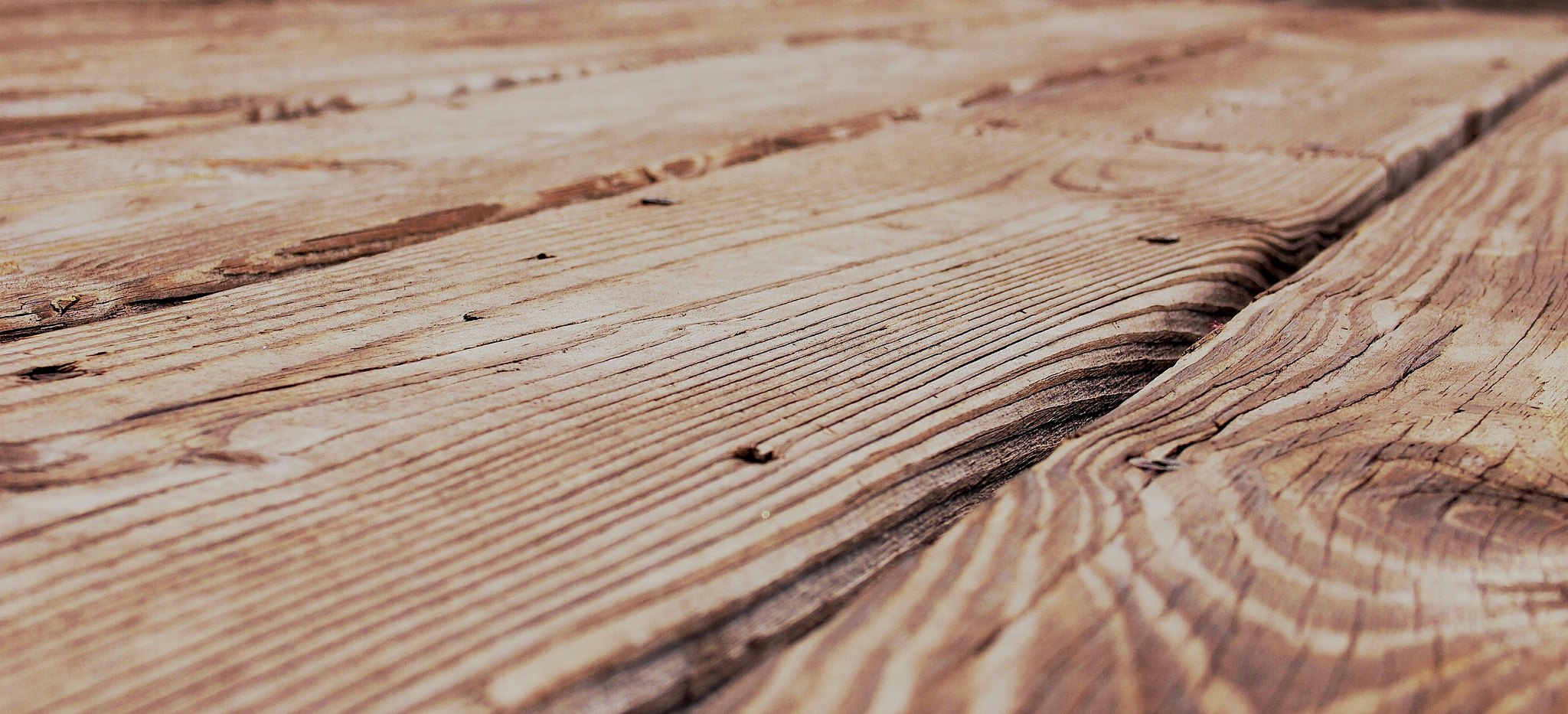
Leave a Reply